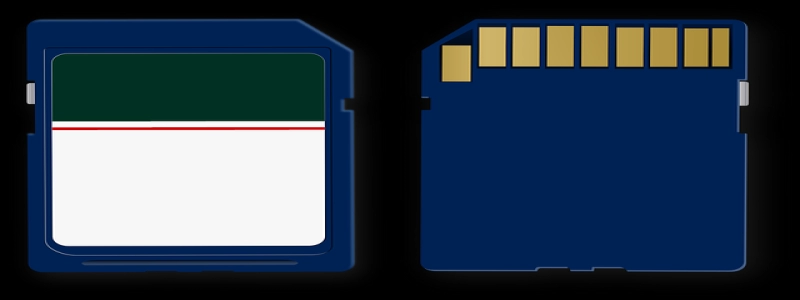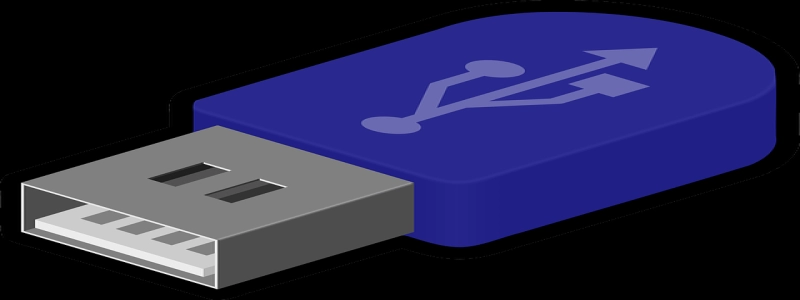DWDM Channel Chart
Introduction:
In the field of optical communication, Dense Wavelength Division Multiplexing (DWDM) technology plays a crucial role in increasing the capacity and efficiency of the optical network. DWDM allows multiple optical signals with different wavelengths to be transmitted simultaneously over a single optical fiber. To properly implement and manage DWDM systems, a DWDM channel chart is used. This article will provide a detailed explanation of the DWDM channel chart and its significance in optical communication.
I. What is a DWDM Channel Chart?
A DWDM channel chart is a graphical representation that defines the specific wavelengths and their corresponding frequencies used in a DWDM system. It provides a standardized reference for DWDM equipment manufacturers, network operators, and technicians to ensure compatibility and interoperability between different components of the optical network.
II. Composition of a DWDM Channel Chart:
A typical DWDM channel chart consists of multiple levels of information that provide a comprehensive overview of the various DWDM channels. The information included in a DWDM channel chart can be categorized as follows:
A. Channel Number: Each DWDM channel is assigned a unique number for identification and management purposes. The channel number is usually displayed as a sequential numerical value, starting from 1.
B. Wavelength (nm): The wavelength of each DWDM channel is specified in nanometers (nm). This information helps in understanding the specific frequency used for transmitting data in that channel.
C. Frequency (THz): The frequency of each DWDM channel is measured in Terahertz (THz). It represents the number of cycles per second at which the optical signal oscillates.
D. ITU-T Grid: The DWDM channel chart is aligned with the International Telecommunication Union – Telecommunication Standardization Sector (ITU-T) frequency grid. The ITU-T grid ensures the compatibility and standardization of DWDM systems worldwide.
III. Importance of a DWDM Channel Chart:
A DWDM channel chart is essential for the successful deployment and operation of DWDM systems. The following points highlight the significance of a DWDM channel chart:
A. Compatibility: By adhering to the standardized DWDM channel chart, manufacturers can ensure that their equipment is compatible with other components in the optical network. This promotes interoperability and simplifies the integration process.
B. Network Planning: Network operators use the DWDM channel chart to strategically plan and allocate wavelengths for different services and applications. It helps in efficient utilization of resources and optimization of network performance.
C. Troubleshooting: During maintenance or troubleshooting activities, technicians rely on the DWDM channel chart to identify and isolate specific channels for analysis or replacement. It simplifies the troubleshooting process and reduces downtime.
D. Capacity Management: The DWDM channel chart allows network operators to monitor the availability and usage of various channels. It enables capacity management by identifying underutilized or congested channels and facilitating intelligent resource allocation.
Conclusion:
In the realm of optical communication, the DWDM channel chart serves as a vital tool for the proper implementation and management of DWDM systems. It provides a standardized reference for assigning, managing, and troubleshooting DWDM channels. By ensuring compatibility, optimizing network performance, and enabling capacity management, the DWDM channel chart significantly contributes to the efficiency and effectiveness of optical networks worldwide.







